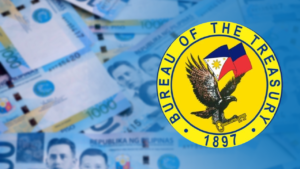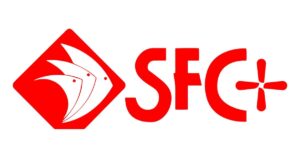Menu
SaaS Pricing Models – A Brief Overview

The best pricing strategy for your SaaS depend on several factors, but most notably they depend on:
- The type of product you’re building,
- the segment of customers you are targeting, and
- the way your customers derive value.
Per User Pricing
Perhaps the most common way to price a SaaS product is to have a per user pricing model. Your customers pay per user, and with each additional user, they pay more.
Pros – It’s common and easily understood by users, and revenue scales with higher adoption or growth of an organization.
Cons – Might limit adoption as users might share accounts or be apprehensive of adding new members of their team to your product, due to the per user cost.
Tiered Pricing
Also very common is slab or tiered pricing. It’s when a SaaS company gates certain usage limits, or features, or both. The best companies typically have 3-4 pricing tiers.
Pros – Appeals to distinct customer bases, if done right. A small customer will pick the lower pricing tier, large customer higher tier. The cognitive load of selecting a pricing plan goes down. You or your inside sales team will also have a clear path to upselling existing customers when they outgrow their pricing tier.
Cons – If you have too many tiers, or if you split features without being thoughtful, you might create confusion in your customer’s mind. They would be overwhelmed in trying to decide which pricing tier is right for them.
Usage Based Pricing
A pay as you go model works perfectly for certain products where the value derived increases almost linearly with increasing usage. This could be an API company where you can charge per API call. Or your product might aid customers in increasing sales and revenue, in which case you could collect a % of the revenue.
Pros – Pricing scales with usage, which is great for you in terms of revenue. It’s also easy for a new customer to get started, they only need to pay for what they use and they can quickly gauge how much their usage might be, provided the value metric you use to scale pricing makes sense.
Cons – Hard to predict revenue for you as a business, and hard to predict costs a customer.
Flat Pricing
A flat pricing model is like a buffet, pay a fixed sum for an all-you-can-eat experience. I personally think it’s a good pricing strategy to adopt for the early days, given its simplicity and low cognitive load to arriving at a decision.
Pros – Easy to communicate, and hence easy to sell.
Cons – Someone whose usage is lower might want to pay less. Someone whose usage is super high might end up costing you too much.
Which model is the right fit for your SaaS product? Ultimately depends on you and your goals, and we’ve outlined some options for you here.
Taken from u/takingcontrol_xyz123
#Top Tags COVID Covid-19 Technology Finance Investing Sustainability Economy

Subscribe to Our Newsletter and get a free pdf:



















Comments are closed for this article!